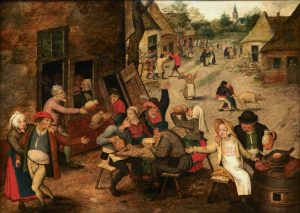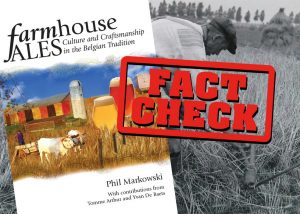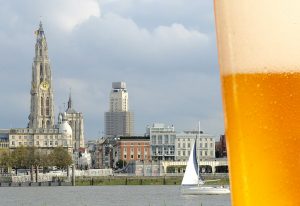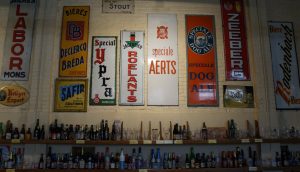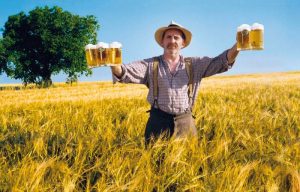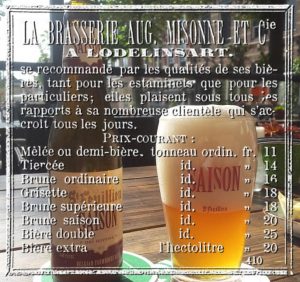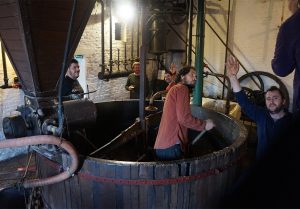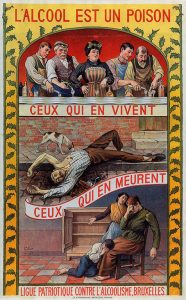Big data: Jacques Trifin’s beer labels
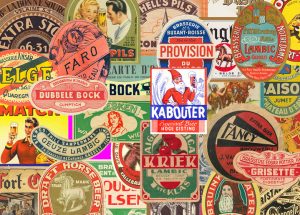 A wonderful resource for historical Belgian beers is label collector Jacques Trifin’s website. Not only does he own about 28,000 beer labels, he also joined forces with other collectors in making an online database with all these nostalgic gems. On top of that, the website is very useful to make some very interesting quantitative analyses… (more…)
A wonderful resource for historical Belgian beers is label collector Jacques Trifin’s website. Not only does he own about 28,000 beer labels, he also joined forces with other collectors in making an online database with all these nostalgic gems. On top of that, the website is very useful to make some very interesting quantitative analyses… (more…)




